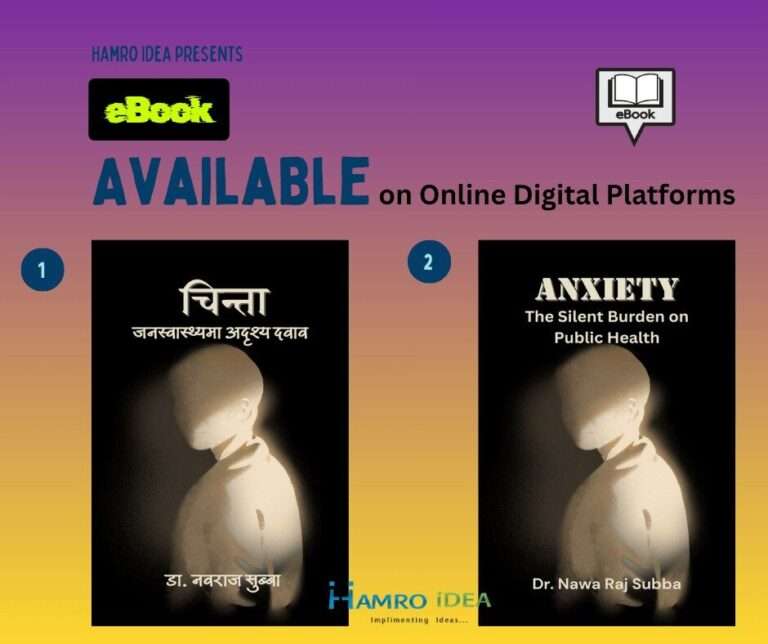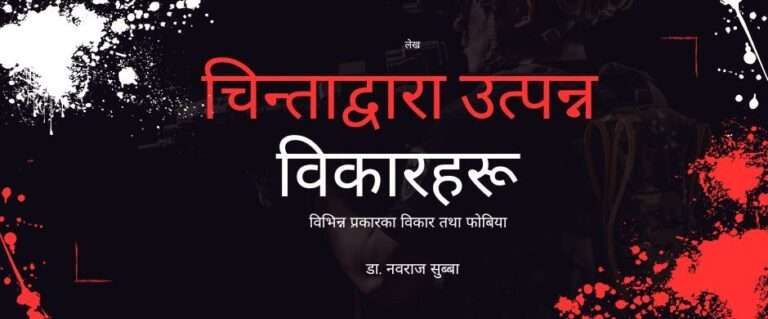Managing Hepatitis Outbreak in Biratnagar Nepal
To cite the article: Nawa Raj Subba, Managing Hepatitis Outbreak in Biratnagar Nepal, Science Journal of Public Health. Vol. 3, No. 6, 2015, pp. 808-814. doi: 10.11648/j.sjph.20150306.12
Correspondence: [email protected]
Abstract
This is a review article on jaundice outbreak occurred in Biratnagar during April-July 2014. The study reviewed the reports on hepatitis outbreak presented by District Public Health Officer Morang during a seminar organized by Nepal Health Research Council (NHRC), District Disaster Management Committee (DDMC) meetings and HMIS (Health Management Information System) database. District Public Health Office (DPHO) recorded 2,789 Jaundice patients in Morang district including Biratnagar city. Most of the patients (80.67%) recorded from Biratnagar. In the outbreak sex ratio of female to male was 0.56:1. Hepatitis infection was highest among 15-29 age groups and noticed remarkable among 15 to 54 years age groups. District Disaster Management Committee declared the outbreak in Biratnagar on April 28 when 95 jaundice patients recorded in the hospitals. The number reached at peak level 176 patients on May 6 and the trend came downward to normal level on July 8, 2014. Total 12 deaths recorded in the outbreak. Of the 8 deaths recorded from Biratnagar, 3 deaths from Morang district and 1 death from Saptari district. In Biratnagar ward No. 11 listed 5 deaths, ward No. 8 listed 2 deaths and ward No. 3 listed 1 death. The case fatality rate in the Biratnagar outbreak calculated as 0.43%. The causes of hepatitis infection were hepatitis viruses E and A. The transmission of infection in Biratnagar was due to sewage contamination through leaking pipes in water distribution. The level of community awareness on taking safe water observed in the Biratnagar. Before the outbreak, people used to drink tap water without treatment. After the outbreak, people changed their behavior to boil or filter water to drink in houses. Many people started to purchase mineral water in jars and bottles from the market. However, government water supply system in Biratnagar is poor which demands an upgrade to meet WHO standard of drinking water.
Preview/Download



